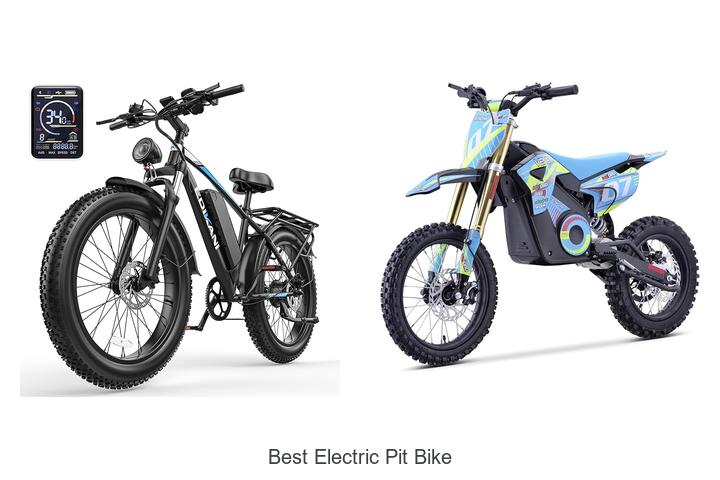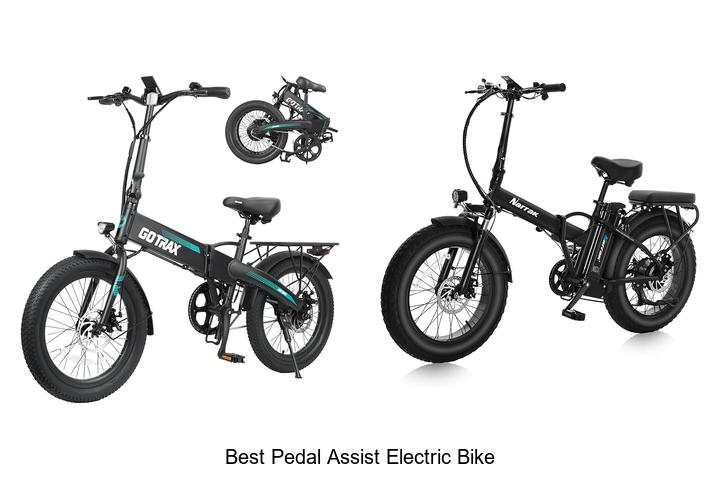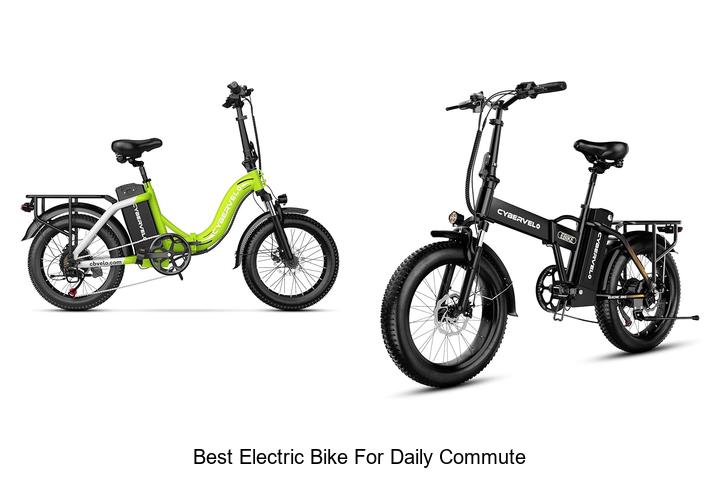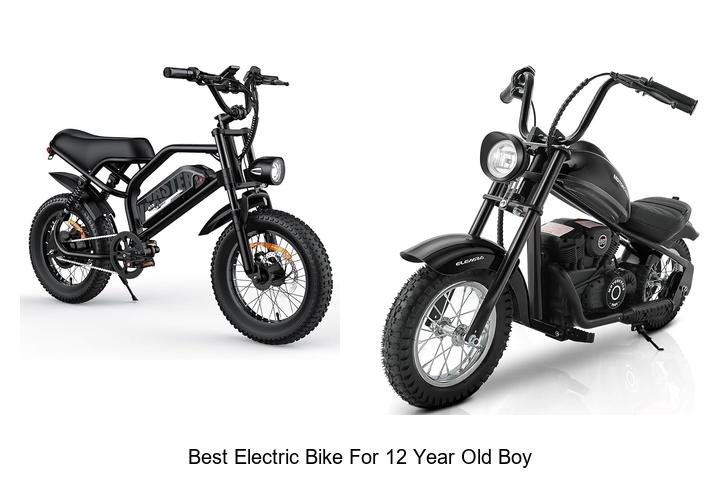What Size Electric Bike Do I Need? Find Your Perfect Fit
Choosing the right size electric bike is key to enjoying a comfortable and efficient ride. If your e-bike doesn’t fit well you might feel awkward or even risk injury. Getting the right size helps you ride longer with less effort and better control.
You might be wondering how to figure out which size suits you best. It’s not just about your height but also your inseam and riding style. Knowing what to look for can save you time and ensure you get the perfect e-bike that matches your needs.
In this guide you’ll discover simple tips to measure yourself and pick the right frame size. With the right fit you’ll unlock the full potential of your electric bike and enjoy every journey.
Understanding Electric Bike Sizes
Choosing the right electric bike size hinges on understanding key measurements and their impact on your ride. Accurate sizing improves comfort and maximizes performance on every trip.
Frame Size Basics
Frame size refers to the length of the bike’s main triangle, typically measured in inches or centimeters. Common frame sizes range from 14 to 22 inches, covering heights approximately between 5’0″ and 6’4″. The best frame size matches your height and inseam length; for example, riders between 5’6″ and 5’9″ usually fit a 17- to 18-inch frame. Measuring your inseam by standing barefoot against a wall and measuring from floor to crotch helps identify an optimal seat height and frame size.
How Size Affects Comfort and Performance
Proper frame size ensures efficient pedaling, better bike handling, and reduced strain on joints. A frame too large forces you to stretch uncomfortably, risking back or neck pain; too small limits leg extension, reducing power output and increasing knee stress. Comfort directly relates to the ability to maintain control on various terrains and for extended periods. A correctly sized frame also improves weight distribution, enhancing balance and braking response.
Measuring Yourself for the Right Fit
Measuring your body helps you select an electric bike that fits comfortably and performs well. Follow these steps to gather precise data for sizing.
Height and Inseam Measurements
Measure your height while standing straight without shoes, using a wall or doorframe for accuracy. Record this number in inches or centimeters. For inseam length, stand barefoot with feet about 6–8 inches apart. Use a tape measure to find the distance from the floor to your crotch. This inseam measurement directly determines ideal seat height and frame size.
| Measurement Type | How to Measure | Importance |
|---|---|---|
| Height | Stand straight, back against wall | Selects frame size range |
| Inseam | Floor to crotch, feet apart 6–8 in | Adjusts seat height and frame |
Using Manufacturer Size Charts
Compare your height and inseam figures to the electric bike’s manufacturer size chart. These charts translate measurements into recommended frame sizes, typically shown in inches or centimeters. Choosing a frame size within the suggested range ensures better control, posture, and pedaling efficiency. Note that some brands vary slightly; consulting brand-specific charts improves fitting accuracy. Adjusting saddle height fine-tunes comfort once the frame size matches your measurements.
Different Types of Electric Bikes and Their Sizing
Choosing the right size varies by electric bike type due to differences in frame design and intended use. Understanding these variations helps you find optimal comfort and control.
Commuter and City E-Bikes
Commuter and city e-bikes use traditional diamond or step-through frames. Size frames by your height and inseam for comfortable leg extension and upright posture. Taller riders, over 5’10” (178 cm), need larger frames, typically 19-21 inches (48-53 cm). Shorter riders, below 5’4″ (163 cm), fit smaller frames around 15-17 inches (38-43 cm). Step-through designs favor easy mounting, useful if frequent stops occur. Adjust saddle height to maintain a slight knee bend at the pedal’s lowest point.
Mountain E-Bikes
Mountain e-bikes prioritize agility and shock absorption, so sizing leans toward a slightly smaller frame for better handling. Use your inseam length alongside height for precise fit, aiming for 1-2 inches (2.5-5 cm) less than your usual bike frame size for improved maneuverability. Typical sizes range from 15 inches (38 cm) for riders under 5’5″ (165 cm) to 19-21 inches (48-53 cm) for those over 5’9″ (175 cm). Consider suspension travel and handlebar height to avoid strain during off-road rides. Lower standover height enhances clearance on technical trails.
Folding E-Bikes
Folding e-bikes have compact frames designed for portability, affecting sizing norms. Focus on frame size that suits your height but pay close attention to adjustable seat posts and handlebar stems for personalized fit. Sizes vary widely, but most foldables accommodate riders between 5’3″ and 6′ (160-183 cm). If you plan to carry your bike frequently, a lighter frame with quick adjustments ensures comfort without sacrificing performance. Test ride to check reach and saddle height, as folding frames may feel different from conventional ones.
Tips for Choosing the Right Size Electric Bike
Choosing the right size electric bike improves comfort, control, and riding efficiency. Use these tips to match your measurements and preferences with the ideal frame size and setup.
Test Riding and Adjustments
Test riding helps confirm if the frame size feels right. Check if you can comfortably reach the handlebars and pedals without stretching or cramping. Notice if your knees bend slightly at the bottom of each pedal stroke. Adjust the saddle height so your leg extends about 25-35 degrees at the knee when pedaling. Make sure you can stand over the frame with 1-2 inches of clearance. If the bike feels unstable or cramped, try a size up or down. Testing various models and sizes allows you to find the best fit that suits your body shape and riding preference.
Considering Your Riding Style and Terrain
Match your bike size to the riding style and terrain for better performance. For city commuting, prioritize a size that offers an upright posture and easy mounting. Mountain biking benefits from a slightly smaller frame to enhance maneuverability on rough trails. Long-distance rides favor a larger frame to improve pedaling efficiency and reduce fatigue. Adjust your choices based on frequent terrain—for hilly areas, a frame that fits your power output and control needs works best. Tailoring your bike to your typical routes maximizes comfort and safety on every ride.
Conclusion
Choosing the right size electric bike is key to enjoying every ride with comfort and confidence. When your bike fits you well, you’ll experience better control, efficiency, and fewer aches or strains. Remember that your measurements and riding style guide the best frame size for you, but nothing beats getting on the bike and feeling how it handles.
Take the time to test ride and make small adjustments like saddle height to fine-tune your fit. The right size e-bike not only improves your performance but also makes every journey more enjoyable. With the right fit, you’re set to explore more, ride longer, and get the most out of your electric bike adventures.



